20 Rarest Public Transit Vehicles Still in Operation
Public transit has changed a lot over the years, yet some rare vehicles continue to serve passengers today. From historic streetcars and trams to ferries and funiculars, these machines carry both riders and stories from another time. Many of them have been running for decades and remain a unique part of daily life in their cities. Here are some of the rarest public transit vehicles still in operation around the world.
This post may contain affiliate links, which helps keep this content free. Please read our disclosure for more info.
PCC Streetcars (United States & Canada)
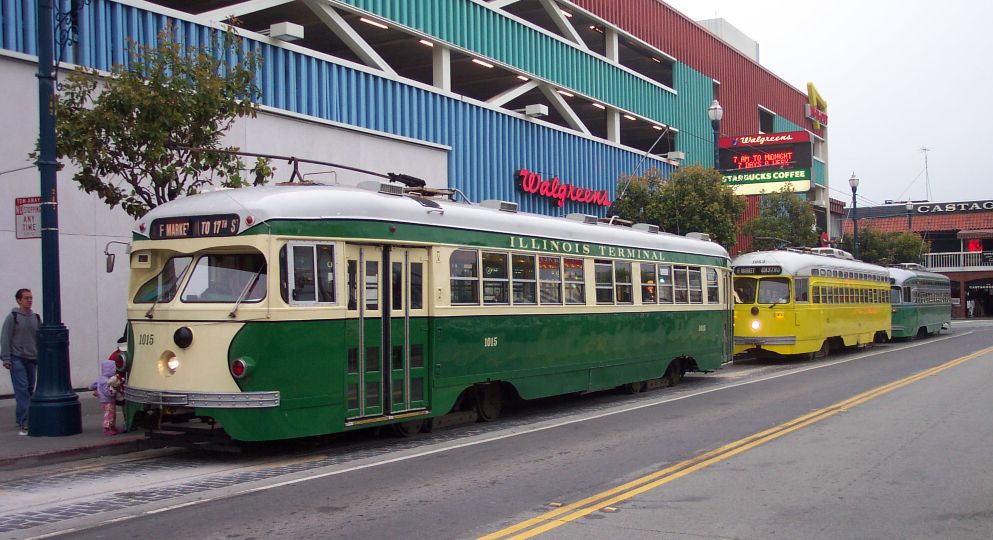
The PCC streetcars were first introduced in the 1930s as a modern, streamlined answer to urban transport. Their smooth ride, sleek design, and reliable mechanics made them a favorite across many North American cities. Today, only a handful of these cars remain in operation, with places like San Francisco, Boston, and Toronto keeping them alive on select routes.
Despite their age, the cars have proven remarkably durable, continuing to provide regular service in a few systems. Riders often appreciate the nostalgia of boarding these historic vehicles, as they represent a direct link to the streetcar era of the past century. Their survival is due to careful upkeep and community pride in preserving them as functional relics.
San Francisco Cable Cars (USA)
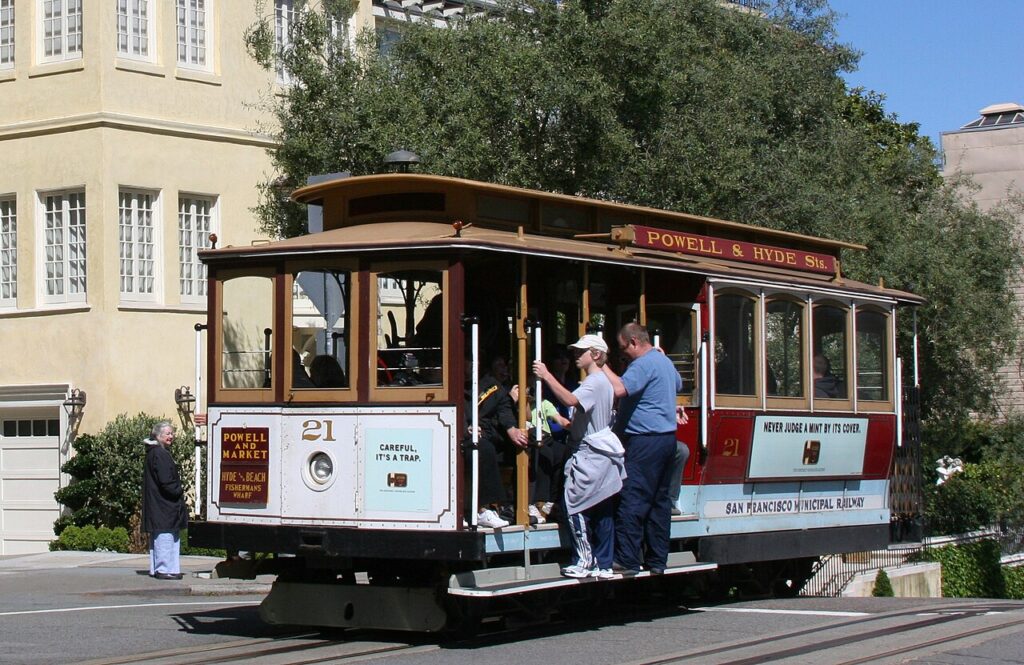
The San Francisco cable cars are perhaps the most famous transit relics still operating anywhere in the world. These manually operated cars run on tracks and grip a moving underground cable that pulls them along the steep city streets. They have been in service since the late 1800s, surviving disasters and closures that ended most similar systems elsewhere.
Operating these cars requires a unique skill, as the gripman must control speed and braking entirely by hand. Visitors and locals alike continue to rely on them, making the cable cars both a tourist draw and a piece of everyday transport. Their rarity lies in the fact that they are the last functioning system of their kind, preserved as much by cultural value as by practical need.
New Orleans St. Charles Streetcars (USA)
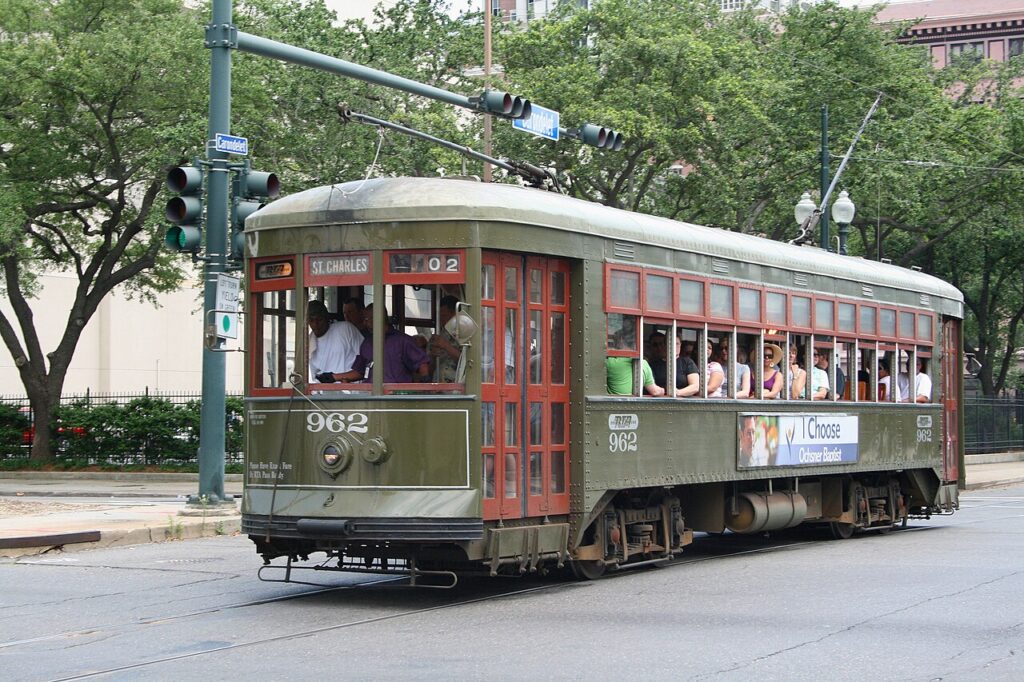
The St. Charles line in New Orleans has been running since the 1920s with its iconic green Perley Thomas streetcars. These cars are instantly recognizable with their wooden seats, brass fittings, and vintage design. Despite modernization around them, they remain in daily use, carrying commuters and tourists through the city’s historic neighborhoods.
Part of their charm comes from their original appearance, which has been carefully maintained over the years. While many cities retired similar cars decades ago, New Orleans chose to keep them operating. The line is now a moving landmark, allowing passengers to step into a living piece of transit history each time they ride.
Budapest Metro Line 1 Cars (Hungary)
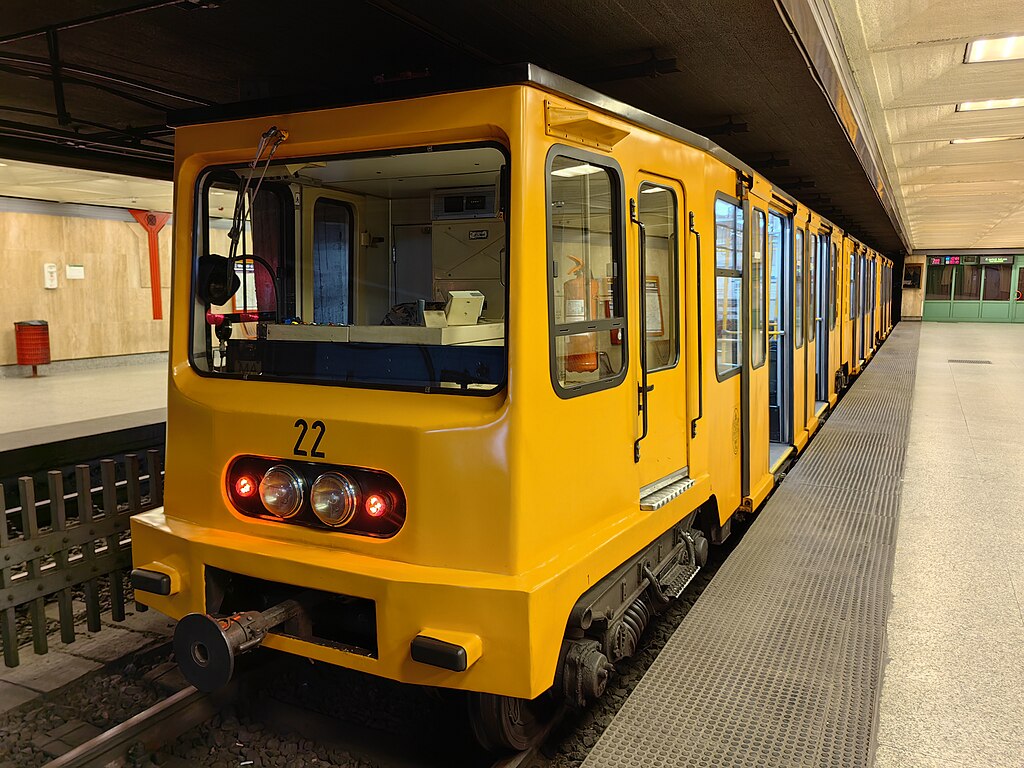
The Budapest Metro Line 1 opened in 1896, making it the second-oldest subway line in the world after London’s Underground. The small, boxy yellow cars that run on it today echo that heritage, with designs that preserve their original character. Their low platforms and compact size give passengers a sense of stepping back in time.
While modern systems focus on speed and capacity, this line remains more about tradition and continuity. Tourists especially find the experience memorable, as the trains feel more like antique carriages than standard subway cars. They continue to operate because Budapest has embraced their heritage value, making them a unique attraction as well as a practical service.
Lisbon Remodelado Trams (Portugal)
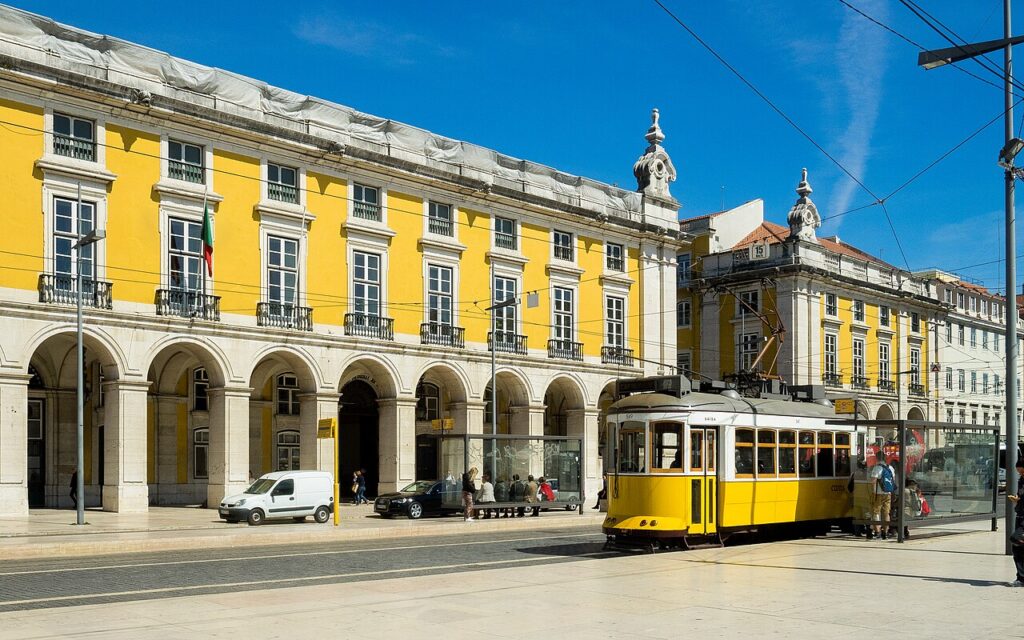
Lisbon’s Remodelado trams are rebuilt from 1930s vehicles that still traverse the city’s narrow and steep streets. Their compact design and strong brakes make them perfect for routes where larger, modern trams would struggle. Painted in the city’s signature yellow, they remain an essential part of the Lisbon experience.
Many of these cars retain original fittings while incorporating small safety updates, striking a balance between tradition and function. Their survival highlights Lisbon’s decision to adapt older stock rather than replace it completely. For locals, they remain a familiar form of transport, while for visitors, they are a highlight of exploring the city’s hills.
Milan Peter Witt Trams (Italy)
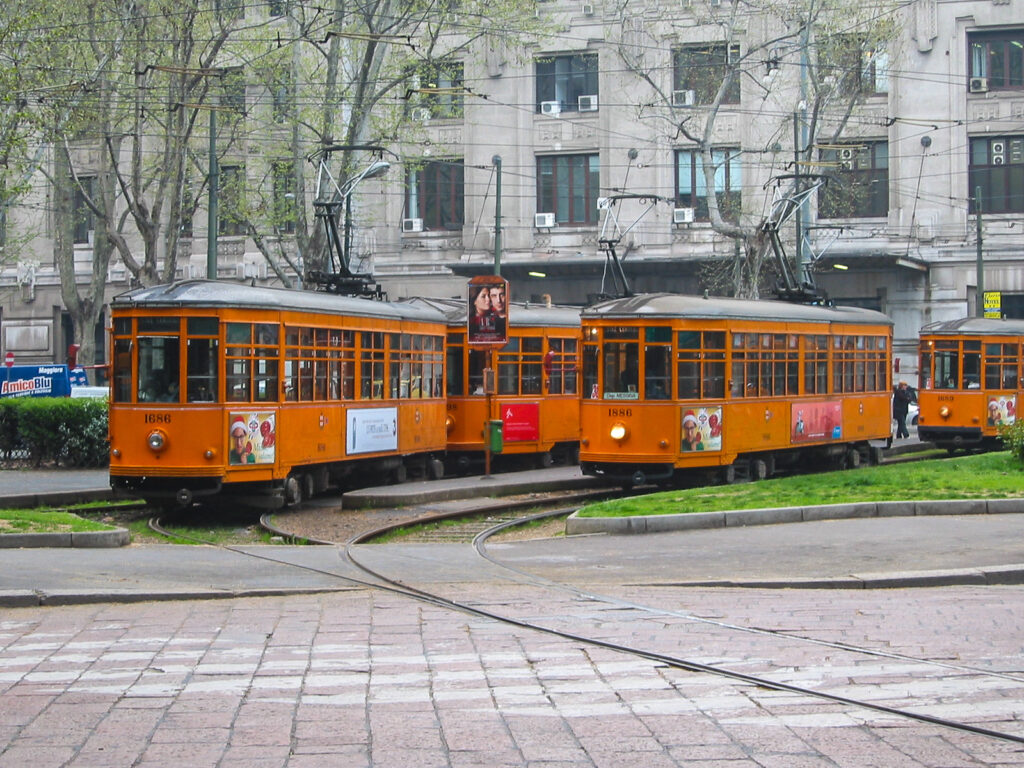
The Peter Witt trams of Milan have been in operation since the 1920s, making them some of the longest-running streetcars still in daily service. Their distinctive orange paint and vintage design make them stand out among the city’s traffic. Despite being nearly a century old, they continue to carry thousands of passengers each day.
The longevity of these trams comes down to solid engineering and steady maintenance by the transit authority. Milan’s decision to keep them in use also reflects the city’s appreciation for their heritage. For many residents, the Peter Witt cars are as much a symbol of Milan as its famous cathedral.
Toronto CLRV Streetcars (Canada)
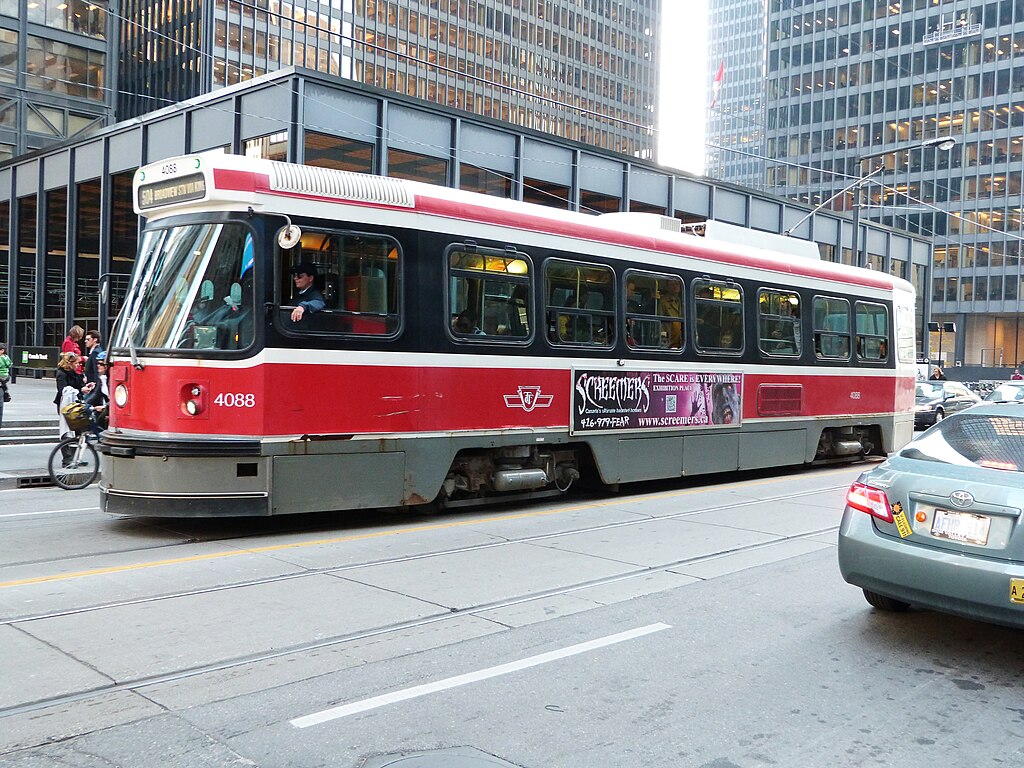
The Canadian Light Rail Vehicles, introduced in the late 1970s, became a defining part of Toronto’s streets. While most of them have been retired in recent years, a few remain in use during special events or heritage runs. Their boxy design and noisy motors have made them fondly remembered by generations of riders.
For those who grew up in Toronto, these cars are a nostalgic symbol of the city’s transit identity. Efforts to preserve and operate a handful of units reflect the importance of keeping history alive. Although new low-floor trams dominate today, the rare CLRV sightings still spark excitement among transit fans and locals alike.
Buenos Aires La Brugeoise Wooden Subway Cars (Argentina)
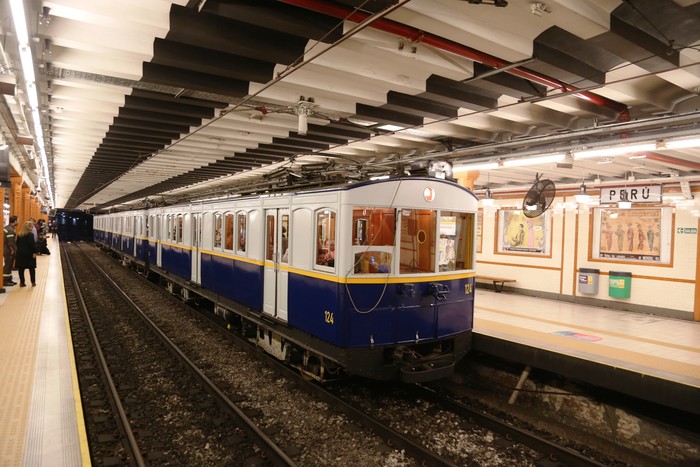
Buenos Aires introduced wooden subway cars in 1913, imported from Belgium by the company La Brugeoise. With their varnished interiors, brass details, and wooden benches, they stood apart from the metal-bodied trains of later decades. Some of these cars operated for almost a century before being retired from regular service.
Though most are now kept for museum purposes, a limited number occasionally return for heritage rides. Their rarity lies in the fact that very few wooden subway cars anywhere remain operational. For locals, these trains are a reminder of Buenos Aires’ early embrace of rapid transit and the elegance once built into everyday travel.
Calcutta Tramcars (India)
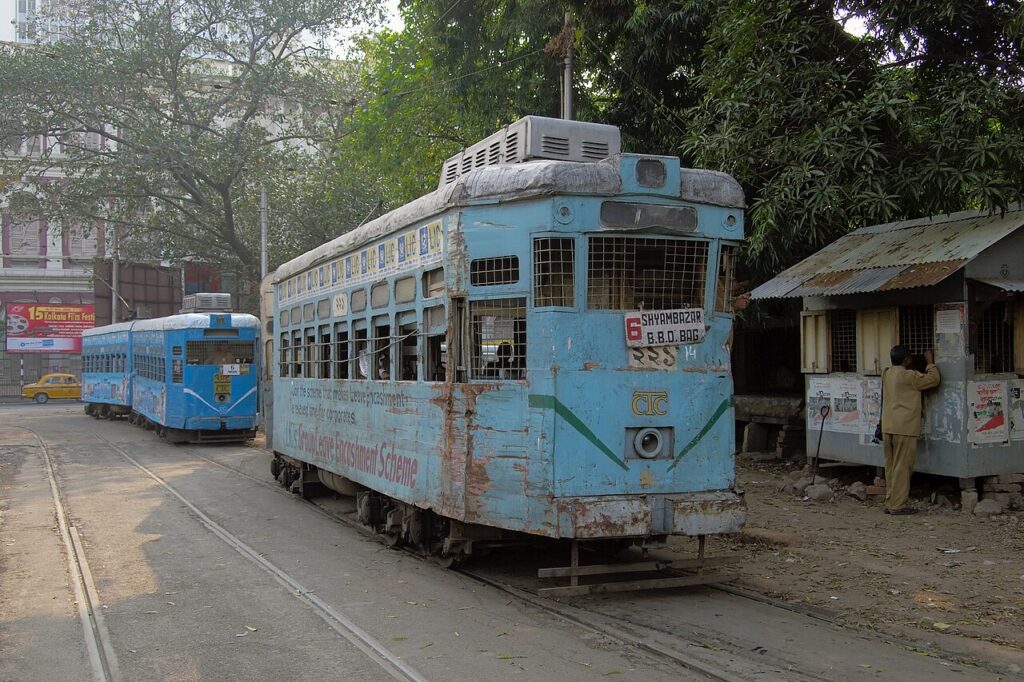
Kolkata (formerly Calcutta) still operates one of the last tram systems in India, with some cars dating back several decades. These trams run slowly through the city’s streets, offering a glimpse of a time when similar systems existed across the country. Their wooden interiors and classic fittings make them unlike modern transit vehicles.
Although their numbers have declined, the city has chosen to preserve at least part of the network. For residents, the trams remain affordable and reliable, while for visitors they offer a rare historic journey. Their survival marks Kolkata as one of the few places where such cars are still in active daily use.
F Market & Wharves Historic Streetcars (San Francisco, USA)
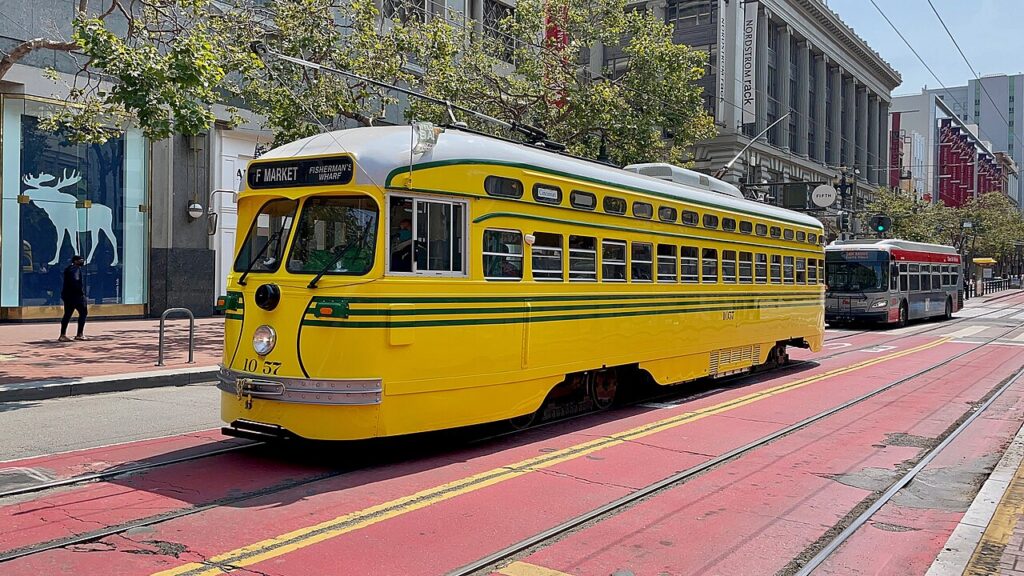
San Francisco’s F line uses restored streetcars collected from cities around the world. Each car has its own unique paint scheme and design, representing places like Milan, Philadelphia, and even Zurich. Riding them feels like taking a tour of global transit history without leaving the city.
The fleet operates on a regular route, making them part of daily transport rather than just museum pieces. Many visitors specifically seek out the line to ride these vintage cars, while locals rely on them as practical service. Their mix of origins makes the collection one of the most diverse operating anywhere in the world.
Istanbul Heritage Trams (Turkey)
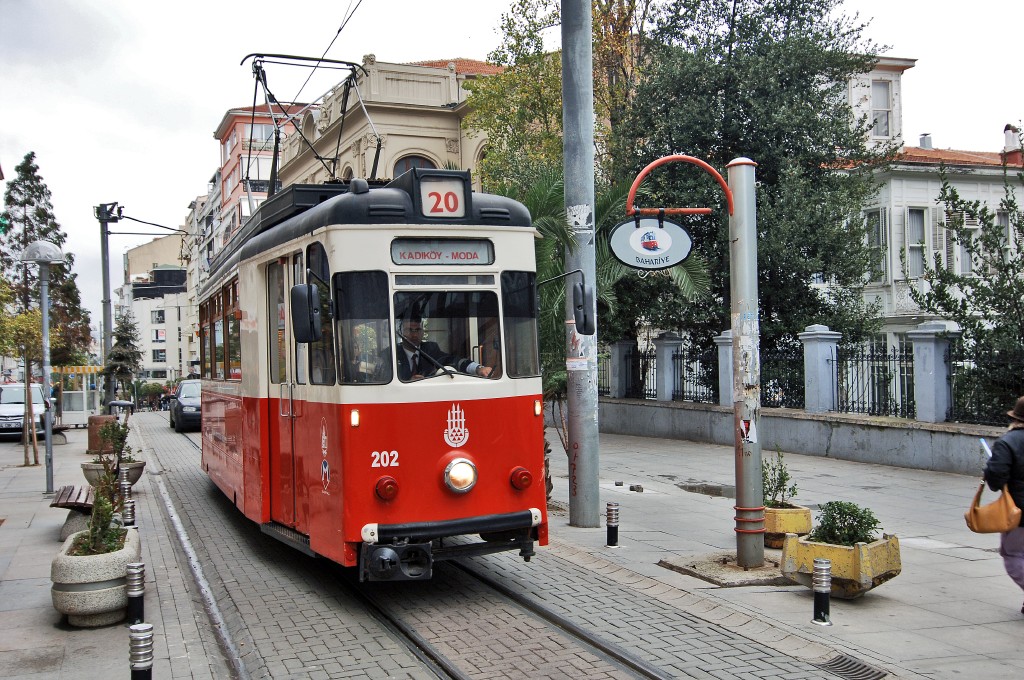
On Istanbul’s Istiklal Avenue, vintage red trams continue to operate along the bustling pedestrian street. These cars harken back to the city’s original tram system, which once stretched across the metropolis. Today, they serve more as symbols of heritage while still functioning as transport.
Their presence adds charm to the city center, offering a slower-paced alternative to modern transit options. Tourists especially appreciate their nostalgic design, but locals also ride them regularly. As one of the last reminders of Istanbul’s older tram system, their survival feels especially rare.
Melbourne W-Class Trams (Australia)
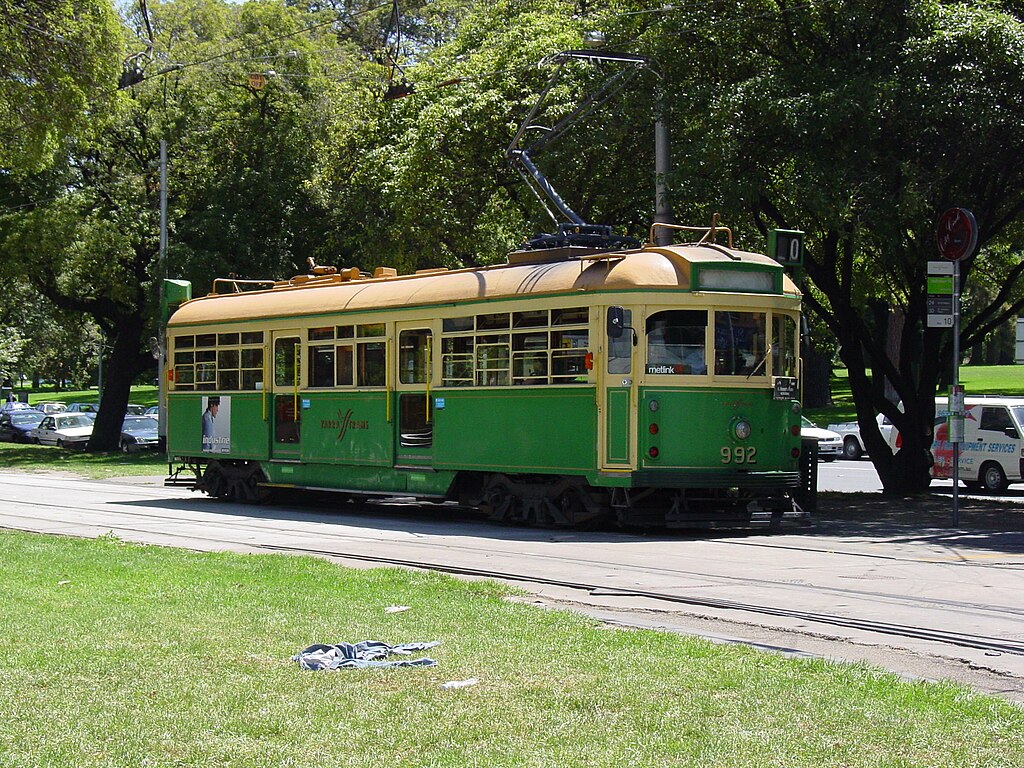
The W-Class trams were first introduced in the 1920s, with their green paint and distinctive shape becoming icons of Melbourne. Though most have been phased out, a number still operate on the City Circle and select heritage routes. Their enduring presence has cemented them as cultural symbols as much as vehicles.
Restored and carefully maintained, the cars continue to provide free service for tourists while being cherished by locals. Their wooden interiors and classic styling transport riders back to an earlier era of urban transit. For Melbourne, keeping the W-Class alive has meant holding onto a piece of its identity.
Sapporo Tramcars (Japan)
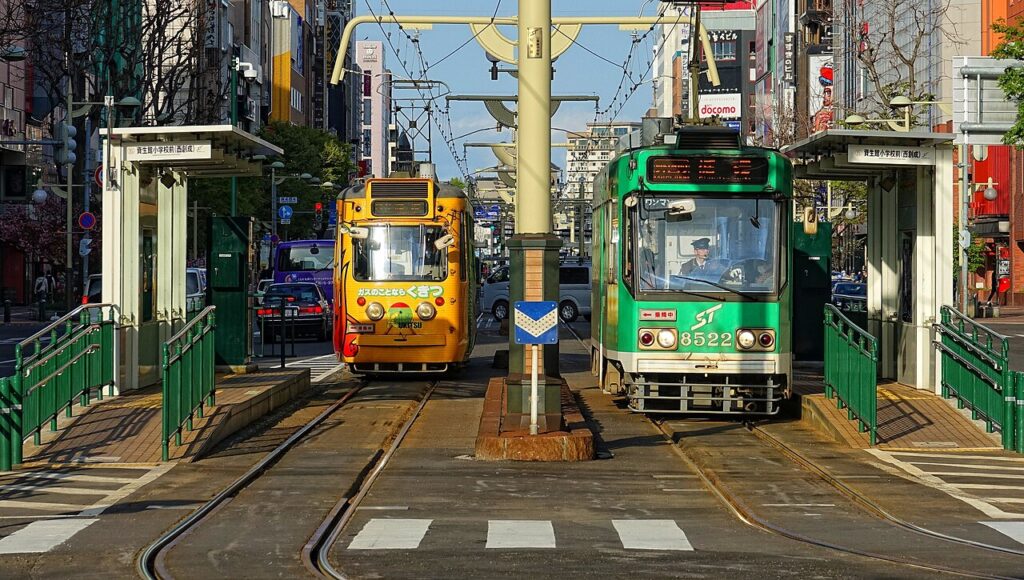
Sapporo still runs some tramcars built in the 1950s and 1960s alongside modern models. Their retro look and smaller size make them instantly noticeable against the backdrop of a busy Japanese city. Though most Japanese transit is associated with high-speed technology, these older cars remain an exception.
They continue to provide reliable service on routes where newer vehicles aren’t strictly necessary. For passengers, the experience is a mix of practicality and nostalgia. Their presence shows how older designs can coexist with more advanced systems without losing relevance.
Helsinki Tram Type HM V (Finland)
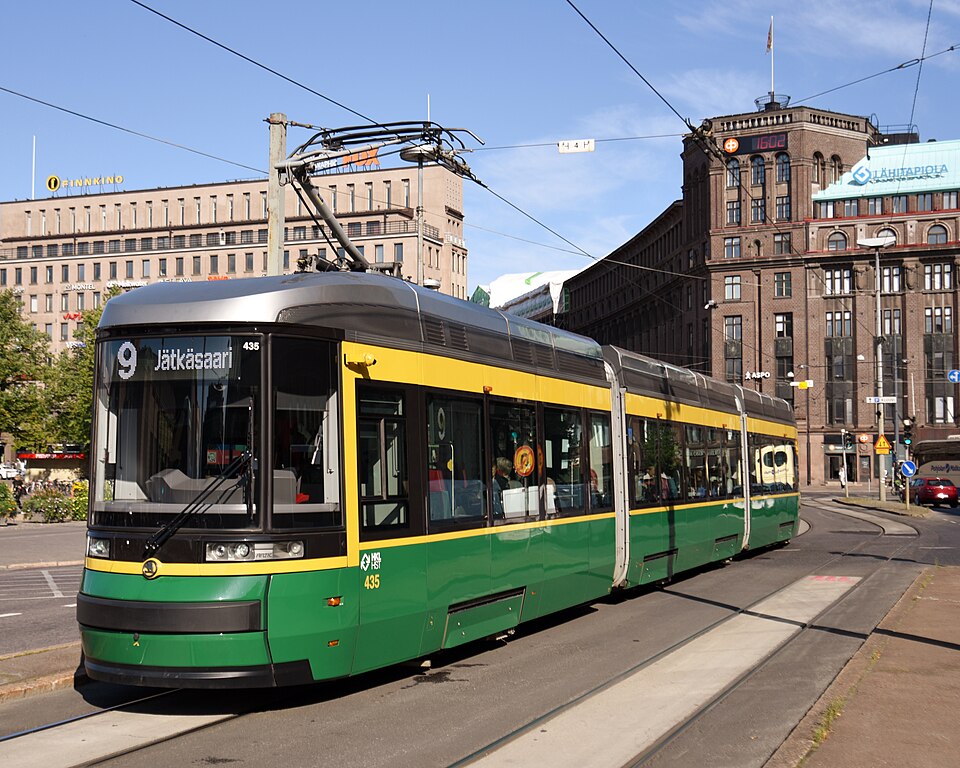
Helsinki’s tram network still includes a few vintage vehicles like the Type HM V, dating back to the mid-20th century. Though no longer common, they occasionally appear on routes or in special service. Their boxy design and older interiors set them apart from the sleek modern trams that dominate the city.
For many residents, seeing these trams run is a reminder of Helsinki’s long tram history. Tourists enjoy their old-fashioned look, often photographing them against the backdrop of the city. The limited number still in operation makes them among the rarest streetcars left in Europe.
Hong Kong Star Ferry (China)
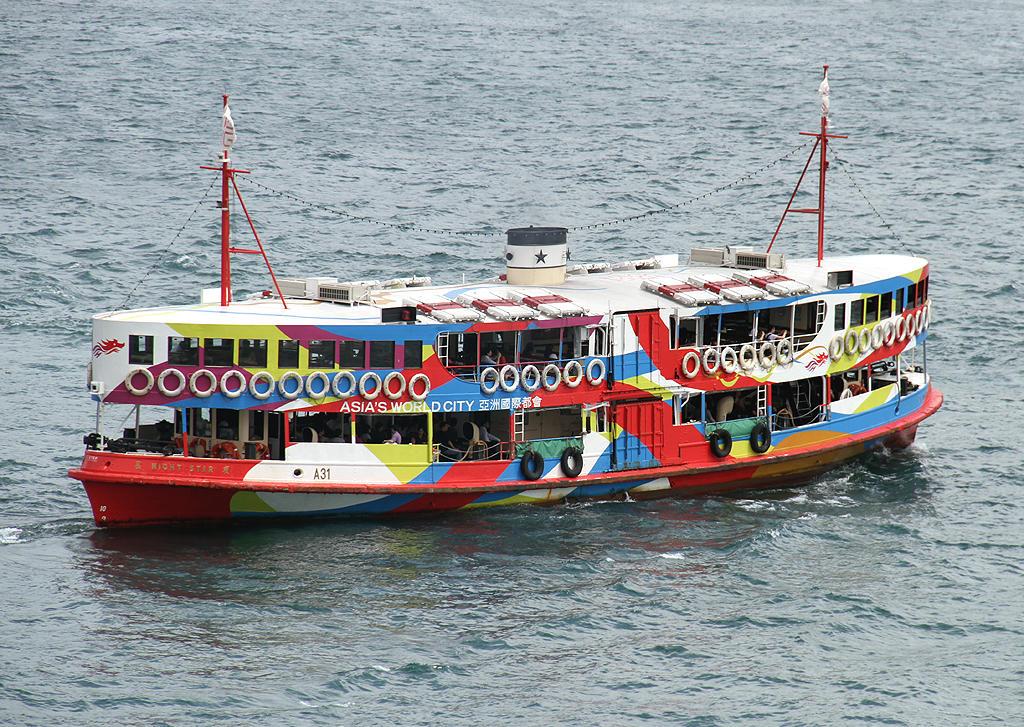
The Star Ferry has been crossing Victoria Harbour since the late 1800s, and some of its current vessels date back to the mid-20th century. Painted green and white, these ferries are instantly recognizable to anyone familiar with Hong Kong. Despite new tunnels and bridges, the ferry remains popular with locals and visitors alike.
Their endurance is a testament to practicality, as they continue to offer one of the cheapest and most scenic ways to cross the harbor. Many passengers ride them for the experience as much as for transport. The Star Ferry has become a rare example of a historic waterborne transit system still integrated into modern city life.
Seaton Tramway Vintage Cars (United Kingdom)
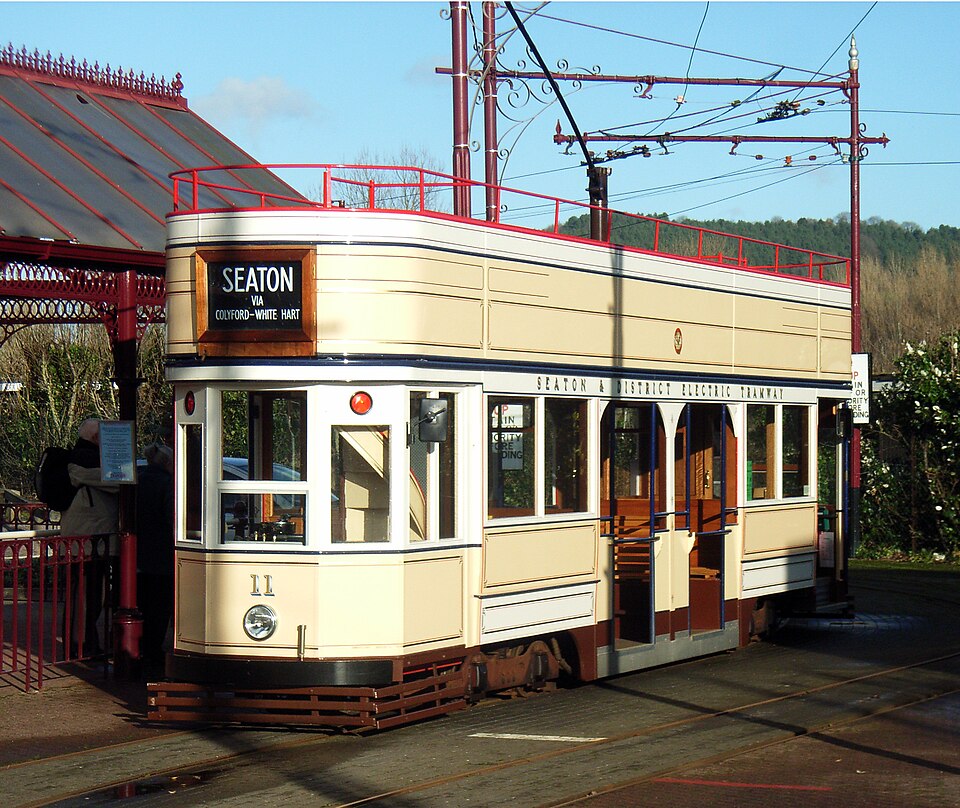
The Seaton Tramway in Devon operates narrow-gauge trams built from repurposed early 20th-century vehicles. These trams run through scenic countryside, providing both transit and leisure for visitors. Each car has a unique design, reflecting the history of the system.
Although more of a heritage operation, the trams function as genuine public transport for the communities they connect. Their rarity lies in the fact that few similar systems exist elsewhere in Britain today. The line offers a glimpse into how rural tramways once looked and worked.
Valparaiso Funiculars (Chile)
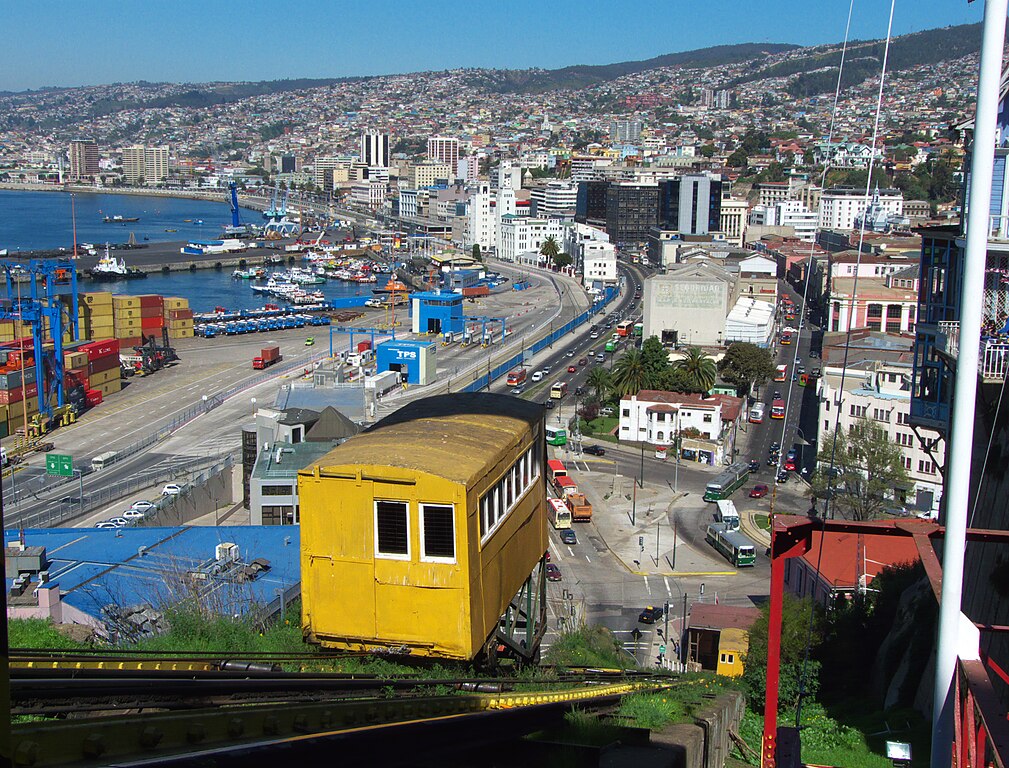
Valparaiso is known for its steep hillsides, where funicular railways have been operating since the 19th century. Some of the original wooden cars are still in service, carrying passengers up and down the city’s slopes. Their old-fashioned engineering remains vital in a city with such dramatic terrain.
Although many lines have been closed, those that remain are cherished by locals and visitors alike. The funiculars are both practical and deeply tied to Valparaiso’s identity. Their survival highlights the continuing usefulness of century-old transit methods in modern times.
Los Angeles Angels Flight Funicular (USA)
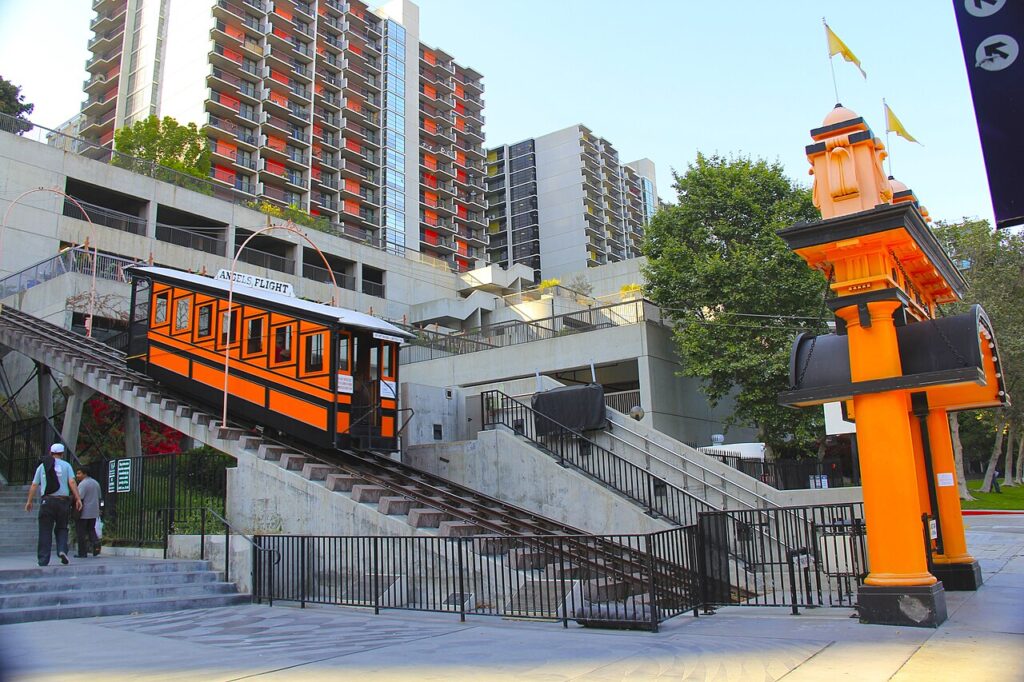
The Angels Flight funicular, first built in 1901, connects two parts of downtown Los Angeles. Its small orange-and-black cars are original in design and still operate today. For decades, it was a daily tool for commuters, and now it continues both as a local landmark and working transit link.
Though it has faced closures and restorations, it remains in operation, making it one of the rarest surviving funiculars in the United States. Visitors often ride it for the novelty, while locals appreciate its practicality. Its rarity comes from being the last remnant of what was once a common urban solution.
Berlin Tatra T6A2 Trams (Germany)
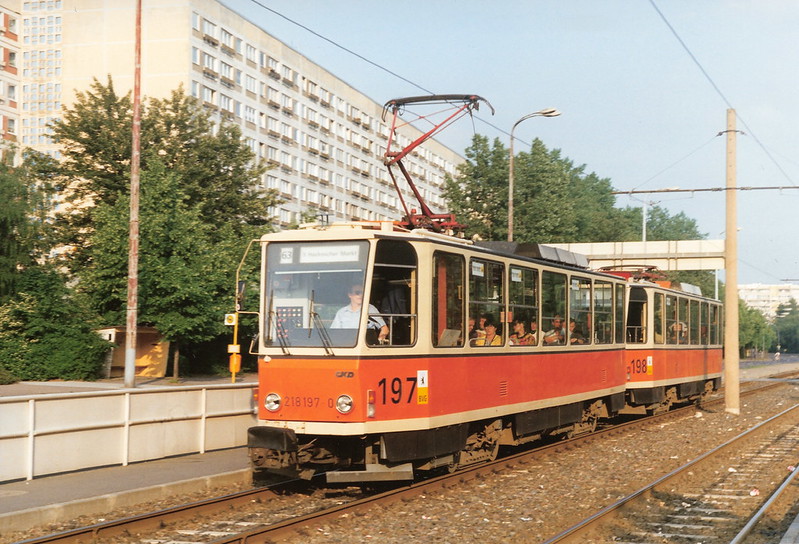
The Tatra T6A2 trams were widely used across Eastern Europe in the 1980s, yet only a small number remain in Berlin. Their boxy design and rattling ride make them feel distinctly different from modern low-floor trams. They stand as reminders of a very different era in public transit.
For Berlin, operating them represents both practicality and tradition, as they still run reliably despite their age. Transit fans often seek them out before they disappear completely. Their scarcity across Europe adds to their reputation as one of the rarest trams still running.
Kyiv Historic Trams (Ukraine)
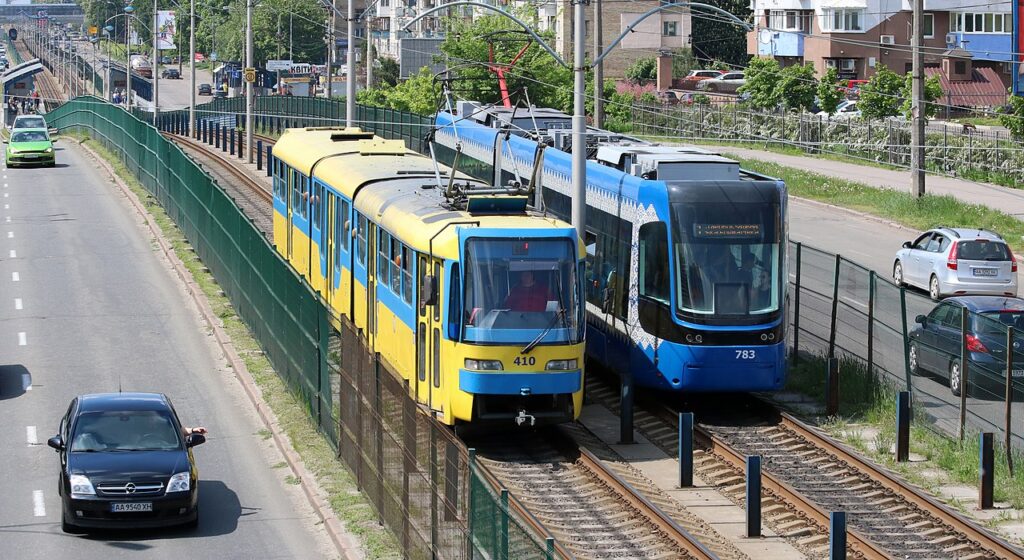
Kyiv’s tram system has operated since the late 19th century, and a few rare vehicles from the Soviet period remain in limited service today. Among them are older KTM-5 models, which were once widely used but are now nearly extinct across the region. Their angular design and rattling ride distinguish them from the newer trams that dominate the city.
These rare survivors serve as living relics of Ukraine’s transit history. Although most routes now use modern light-rail vehicles, spotting one of the older trams is a reminder of the city’s long reliance on this mode of travel. Their presence on the streets makes Kyiv one of the few places where passengers can still ride such historic stock.
This article originally appeared on Avocadu.
